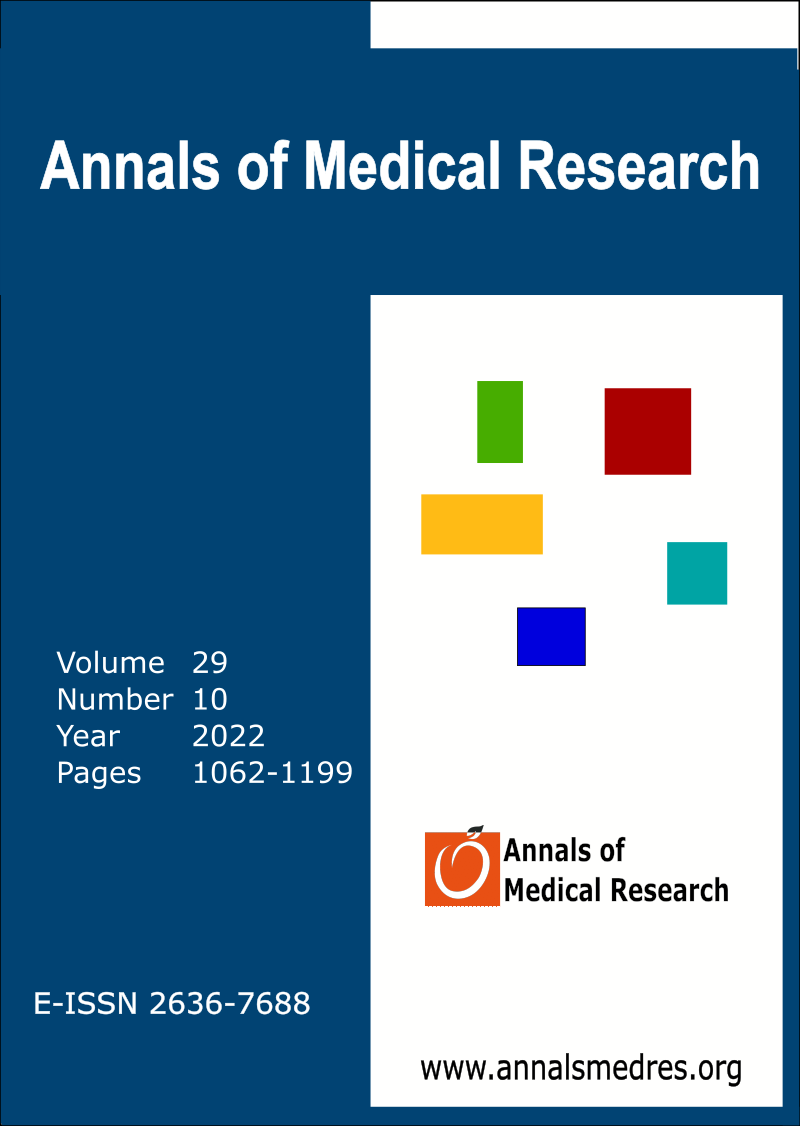New approach to mastoid asymmetry
Keywords:
Mastoid asymmetry, Chronic otomastoidit, Computed tomography (CT)Abstract
Aim: To indicate the association between chronic otomastoiditis (COM) and the asymmetry in mastoid length and pneumatization.
Materials and Methods: 1.870 patients who underwent computed tomography (CT) imaging for various indications were retrospectively evaluated. Of the 1.870 patients, 67 were included in this study. Coronal and sagittal images of 67 patients were evaluated and 3D reconstructed.
Results: There was no significant difference in age or gender between right and left side hypopneumatization (p>0.05).Thevertical length difference between the tips of mastoids (VLBM) was significantly higher in patients with left hypopneumatized mastoid than the right ones (p<0.001). No significant association was found between chronic otomastoiditis (COM) and VLBM or hypopneumatization side. No correlation between VLBM and age was also found as well (r= -0.012 p=0.926).
Conclusion:No association is found between COM and the asymmetry in mastoid length or pneumatization. Therefore, we think that COM does not influence the development of mastoid pneumatization. The results of our study are in concordance with those of studies that indicate that mastoid pneumatization is mainly genetically determined.
Downloads
Published
Issue
Section
License
Copyright (c) 2022 The author(s)

This work is licensed under a Creative Commons Attribution-NonCommercial-NoDerivatives 4.0 International License.
CC Attribution-NonCommercial-NoDerivatives 4.0






